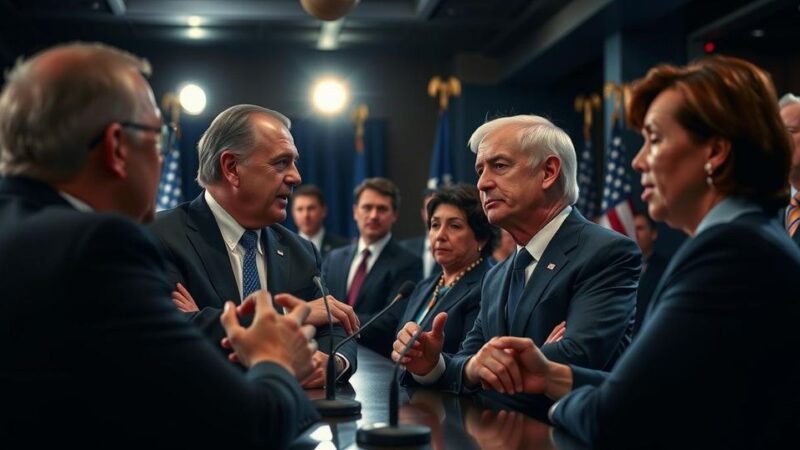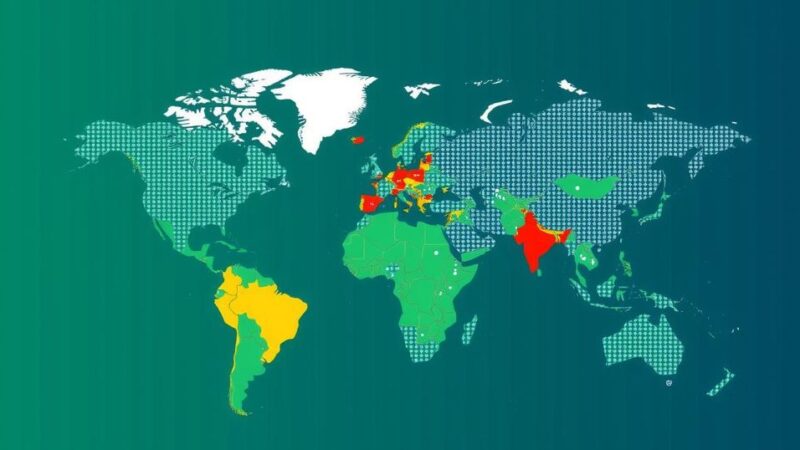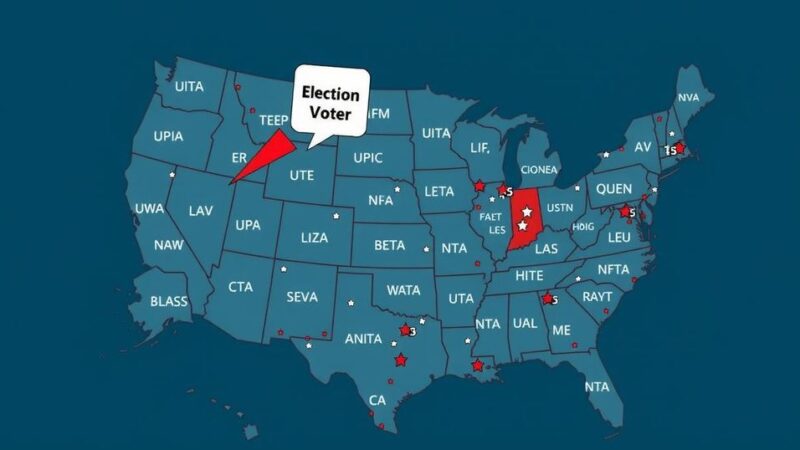The article argues against the belief that American elections are static and predictable due to polarization. It presents evidence of significant electoral swings in past elections and suggests that, despite skepticism, major changes in voter allegiance can and do occur, often in surprising ways. The piece encourages a reconsideration of how electoral dynamics are perceived in the contemporary political landscape.
In the realm of American politics, particularly within the context of our increasingly polarized landscape, it is a common misconception that electoral dynamics have stagnated. Some may argue that every election unfolds with predictable outcomes, where demographic groups establish unwavering support for specific candidates in designated states. However, contrary to this perception, history has shown us that electoral landscapes can shift dramatically and unexpectedly. Consider the history of U.S. presidential elections over the past sixteen years; each election cycle has revealed at least one congressional district that has experienced a swing of at least twenty percentage points compared to its previous voting patterns. This magnitude of change, should it occur at the state level, could shift political affiliations dramatically, transforming traditionally Democratic states like Rhode Island into Republican strongholds or vice versa in Montana. Moreover, pre-election indicators can often serve as forewarnings of potential shifts. For instance, in the 2020 election cycle, polling data suggested that Donald J. Trump was capturing greater support among Hispanic voters than he did in 2016. This trend was also evident during the 2018 midterm elections, where some regions, such as Miami-Dade County and parts of South Texas, demonstrated surprising Republican support. Nevertheless, the substantial gains Trump made in pivotal areas such as Hialeah, Florida, and regions along the Rio Grande exceeded even the most optimistic projections, showcasing the unpredictable nature of electoral outcomes. Across every election since 2004, analysts have repeatedly expressed reservations regarding the authenticity of significant polling shifts. These doubts have become increasingly plausible in light of the mounting polarization within American society, coupled with the inherent challenges in accurately gauging public opinion. As a result, unexpected polling findings may readily be dismissed, despite the possibility that they could herald substantial electoral upheavals.
This article underscores the notion that American electoral politics, particularly during presidential elections, are subject to significant fluctuations despite the prevailing perception of polarization and predictability. It discusses how historical data reveals considerable shifts in voter allegiances and highlights the importance of recognizing these transformations, which can defy established expectations and conventional wisdom regarding electoral behavior. The author draws upon prior electoral outcomes to illustrate that significant changes can occur even in seemingly stable political landscapes.
In conclusion, the article posits that while the current political climate may suggest rigid voting patterns, historical evidence indicates that substantial electoral shifts are not only possible but have frequently manifested. It emphasizes the need for analysts and observers to remain vigilant and open-minded regarding unexpected changes in voter sentiment, which can lead to significant political outcomes that challenge established narratives.
Original Source: www.nytimes.com






